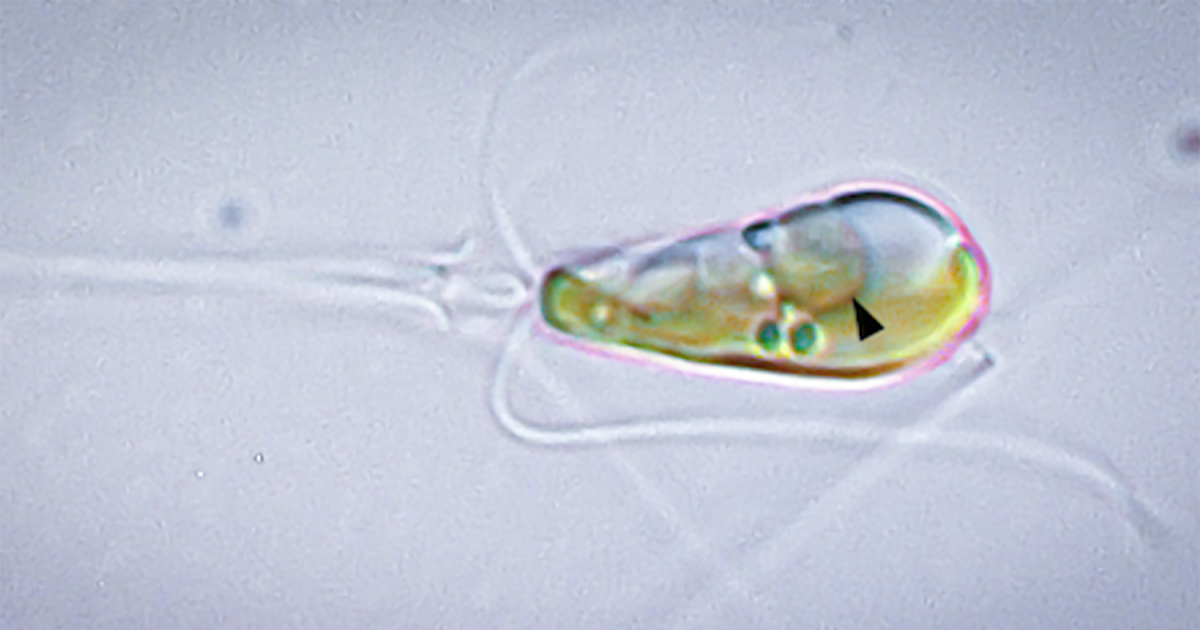- cross-posted to:
- science@lemmy.world
- cross-posted to:
- science@lemmy.world
In the 4-billion-odd-year history of life on Earth, primary endosymbiosis is thought to have only happened twice that we know of
Rampant speculation ahead as I think there is probably more to this than the snippet above. I am no scientist, by any means, but I have recently dug a little bit into biology to eventually program some kind of primitive evolution simulator. (I am still at a pre-school level of understanding this stuff, if I had to guess.) Anyway…
The number of times organisms merged has to be millions, if not billions of times. However, the number of times endosymbiosis actually happened was probably less and the number of those organisms that were able to replicate as one was probably much less. Even then, I doubt it was a once or twice event. It just doesn’t seem right to say it’s only happened twice.
Honestly, I am not sure why our intestinal flora wouldn’t be considered a form of endosymbiosis. We would have a really bad time if our gut critters just died, actually. There are probably a number of organisms that exclusively live in our gut, if I had to guess. (I think that is not considered endosymbiosis in the context of that article.)
Over the last few months, I have been thinking about the evolution of cells as a method to get to sleep. Not only is that more effective than counting sheep, it gives me time to think about how proteins are formed and folded to make little molecular machines.
Protein replication and folding is easy enough to think about, but once you start to think about how these processes developed through evolution makes this much more complex. How the actual fuck did DNA get encoded to create the machines that are responsible for its own replication? (A double how the actual fuck did this process get kick started?)
One of my recent thoughts is that most components of a cell evolved independently and merged. It just doesn’t seem to me that something as complex as a proton pump evolved multiple times across different types of cells. It just makes things much less complex if it was super common for different critters to merge and then mutate again when they divided.
Meh, I am basically just rambling. Feel free to destroy my comments, but keep in mind that I am just an idiot trying to get smarter.
Well this goes a long way to explaining the nitrogen fixing strains of corn that were “discovered” relatively recently.
This could revolutionise farming and prevent enormous amounts of environmental damage from over use of nitrogen on crops.



